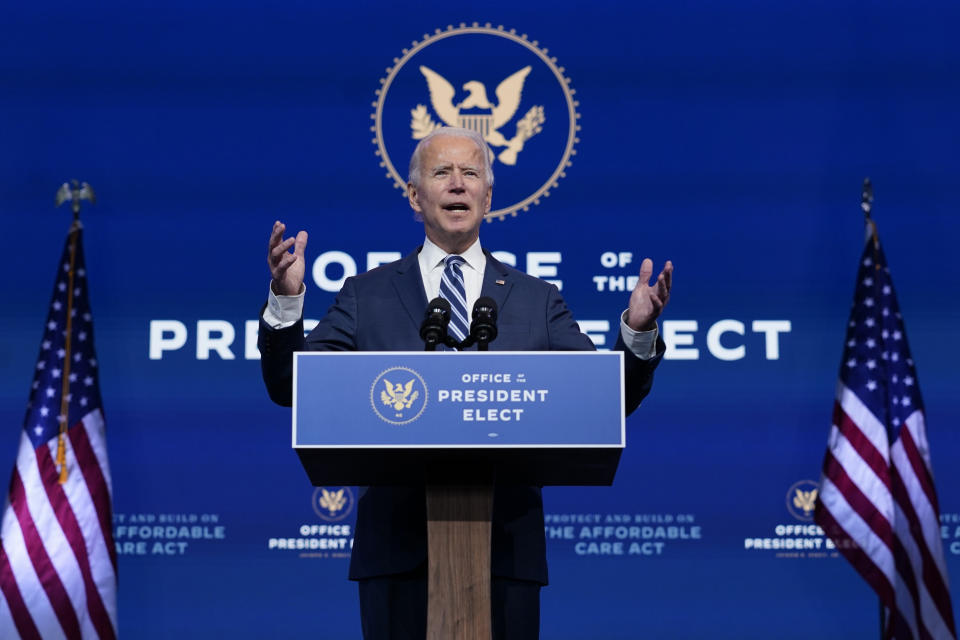Why investors should prepare for a geopolitical risk event in the coming weeks
This period of transition between the election and a new administration is ripe for a geopolitical risk event, says one strategist.
“Election Day to Inauguration Day almost always includes some type of major geopolitical development, meaning some country around the world, when they believe the U.S. is distracted, maybe internally focused, takes some action in conflict with U.S. interest,” Jeffrey Kleintop, chief global investment strategist at Charles Schwab, told Yahoo Finance Live.
“We’ve seen it again and again and again, going back over 50 or 60 years during these periods of transition,” he said.

The market “freak out” reaction to a geopolitical event depends on the economic backdrop.
“Usually when we’re seeing the global economy in a long expansion, or even in the early stages of recovery as it was in 1980 and 1992, we see markets do okay, fairly well. They recover quickly from about a 5% drop tied one of those events,” he said.
Only when the economy is in a midst of a recession, such as in 2008, do the markets fall on geopolitical news and continue to fall over the period.
“Expect some type of development,” said Kleintop.
“I don’t know where it could come from: China, something with Russia and Iran, in Syria. There could be something from Venezuela, North Korea rattling the saber again. All those issues are ripe for an event in the coming weeks,” he said.
“But the recovery is usually fairly swift after an initial selloff when the global economy is in recovery,” added Kleintop.
U.S. economic activity rose at a record 33.1% annualized pace in the third quarter after businesses re-opened following a pandemic induced lockdown. GDP in the second quarter had fallen a historic -31.4% during the shelter in place measures.
The latest jobs report shows the unemployment rate fell to 6.9% in October. Back in April, unemployment hit a peak of 14.7%, the largest one-month jump and highest level on record based on monthly Bureau of Labor Statistics (BLS) data dating back to 1948.
Ines covers the U.S. stock market. Follow her on Twitter at @ines_ferre
'We have a historic level of excess liquidity and money supply growth': Strategist
Stocks to hit record highs in 2021 powered by V-shaped earnings recovery: Jefferies
'We think we're in the early stages of a bull market': Strategist


